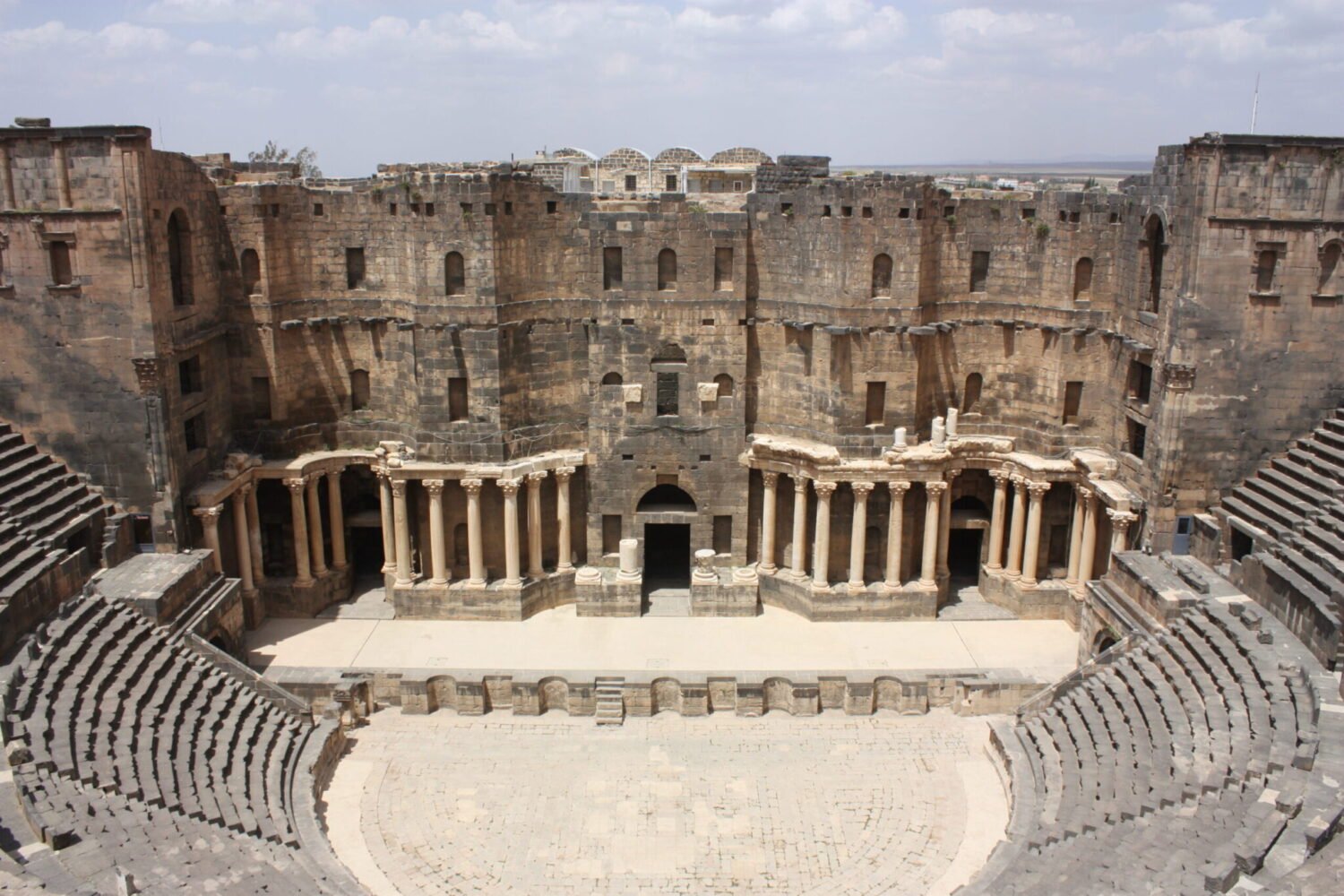
The Ottomans divided Syria, including Mount Lebanon, in wilayat or vilayets (governorates): Aleppo, Tripoli, and Damascus. Each wilaya, governed by a wali (governor) – who had to pay tribute to the sultan by providing both soldiers and money – was subdivided into sanjaks (districts). The wilaya of Aleppo covered the most northern part of Syria. Tripoli included the central sanjaks Homs and Hama, as well as the coast. Damascus, the largest governorate, which included the sanjaks Beirut and Sidon, also paid the heaviest tribute.
As individuals, the people had to pay other taxes, too, especially in times of war. In addition, special taxes were levied on dhimmis (protected people, Jews, and Christians) who were otherwise generally left in peace.
The governor of Damascus – from where pilgrims departed to Mecca – also had to accommodate the pilgrims during the hadj season, and often led the expedition to the holy city.

In the beginning, the Ottomans appointed Mamluks as governors, as only they were considered to have enough knowledge and experience to administer the regions. However, some Mamluks – among whom the wali of Damascus, Janbirdi al-Ghazali – revolted against the Sultanate. Al-Ghazali termed himself, malik or king, for a while. He raised an army and marched towards Aleppo, besieging the city for a fortnight, but failing to take it as the population remained loyal to the Ottomans. After he returned to Damascus, al-Ghazali was defeated and killed by the Ottoman forces, who sacked Damascus. From then on, Damascus had an Ottoman wali.
For about a century, the region was relatively prosperous, producing silk, cereals, and cotton, among other products. Later, the Ottoman let local feudal chiefs administer the country, like the al-Azm family in Damascus. However, these families were often more concerned with self-enrichment than the prosperity of their governorate. Slowly, from the 18th century, a decline set in. In Damascus, law and order were not maintained; the local janissaries – an elite force – were corrupt and often directed their violence against the people.
There were sometimes tensions between governors and the Sublime Porte, the Ottoman Empire’s center of power. Revolts broke out regularly in the vast Ottoman Empire. In addition, throughout the whole of the Levant, Bedouin tribes crossed the desert without paying tribute to the Sultan, attacking local people.

